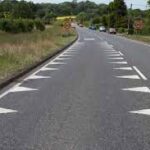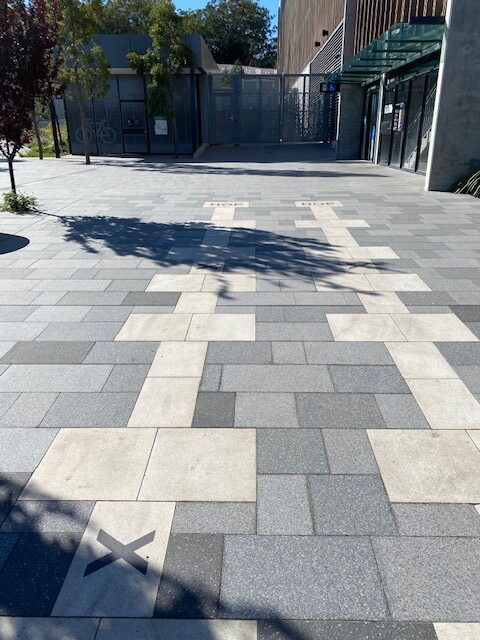 WOONERF
WOONERF
The concept and realisation of shared spaces where intense urbanism is moderated viz-a-viz control of the vehicular dominance on the streetscape is not new. First introduced by Hans Monderman in the 60s, Hans was a Dutch traffic specialist and he devised the concept Woonerf where public spaces are shared between vehicles, humans and other creatures by removal of road markings and traffic signs in order to encourage safe co-existence.
Many cities and towns around the world have adopted this with their own interpretation and specific to their own cultural values. In the U.K they are known as Home Zone, in Australia (with specific reference to Bendigo) Naked Streets, Germany has Traffic Calming Area and so on.
In Netherlands Woonerfs are protected by law where pedestrians and cyclists have legal priority over vehicular traffic.
Principles of a Woonerf
A Woonerf is based on the following principles (based on Ben-Joseph’s article of 1995):
1. Visible entrance
2. Physical barrier
3. Shared and paved space
4. Landscaping and street furniture
Design 
One of the important elements to make a success of these shared spaces is to provide the areas with plants and trees. So the design of these spaces looks at construction methods and materials and systems that not only supports pavements and vehicular load but also allows for sufficient medium for successful plant growth. Here come concepts like structural soils and structural soil cells.
Designing of these shared spaces with appropriate selection of materials and detailing allows for a blurring of the public and private by establishing a more public streetscape.
Ideas such as using heavy duty pavers to withstand the loading of pedestrian and vehicular movement, using highly visible(contrasting) and or tactile pavers at kerb edges, kerb removal for a blending of road and footpath, providing for sufficient room for tree growth by means of raised planters for additional soil, are some of the features that are used.
Viability of a Woonerf
Many studies across the world have demonstrated that woonerfs are much safer compared to traditional streets. This is because it has been found that drivers are able to maintain a constant speed as in a normal street with traffic lights and hence not affecting travel time.
A Home Zone is able to make the public space more human-centric, make them more safe and restore a sense of place.
They also result in increasing the value of the neighbourhood, increase the use of the space by non-motorised modes of transport, reduction in noise and air pollution.
There are of course drawbacks to a woonerf, primarily to do with costs of installation and maintenance, fear of chances of accidents, loss of parking; however, the advantages do outweigh the drawbacks.

